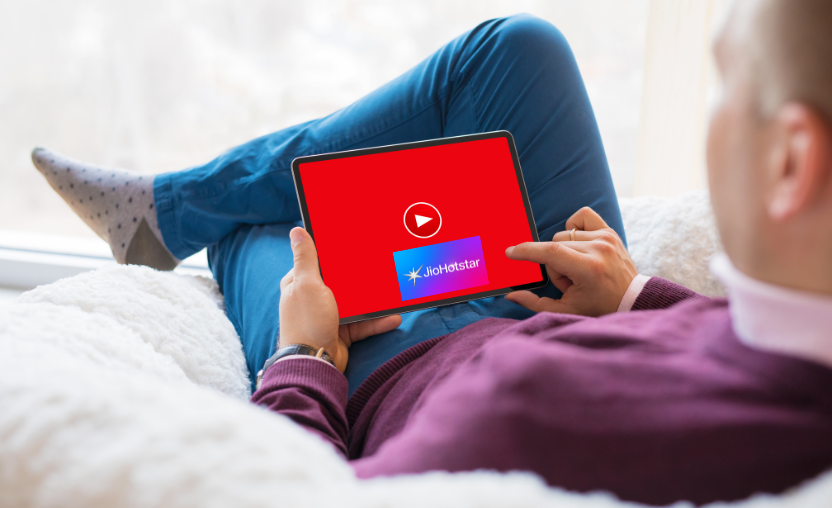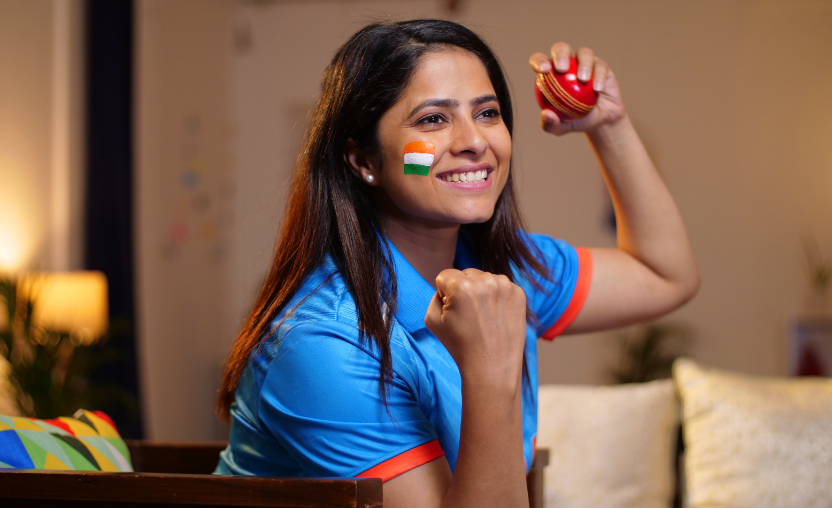The Indian Premier League (IPL) has always been at the forefront of revolutionizing the sports and entertainment ecosystem in India, and with IPL 2025, the landscape of digital consumption, mobile advertising, and brand engagement is set to undergo significant transformations. One of the most notable shifts this year is the merger of two digital streaming giants, JioCinema and Disney+ Hotstar, into a unified platform, JioHotstar. This partnership is poised to redefine the way audiences consume live sports while also presenting advertisers with enhanced opportunities to reach hundreds of millions of cricket fans.
JioHotstar: The New IPL Streaming Powerhouse

For years, IPL’s digital streaming rights have been a game of musical chairs between major players. While Disney+ Hotstar previously held the exclusive rights, JioCinema disrupted the market last year by offering free streaming, capturing a record 620 million viewers. With the newly formed JioHotstar now fresh out of the oven, the 2025 IPL season promises an even broader reach, amplified user engagement, and a more robust digital advertising ecosystem.
One of the key advancements JioHotstar brings to the table this year is its partnership with Nielsen to provide ad measurement tools, ensuring greater transparency and campaign performance tracking. This feature—the first-of-its-kind transparent reporting for an Indian media company—will be a boon for advertisers looking to understand and optimize their IPL campaigns with real-time insights.
The Rise of Digital & Mobile Advertising During IPL
The advertising landscape of IPL 2025 is witnessing a shift. Traditional TV spots have surged to ₹18 lakh for a 10-second slot, while digital platforms have witnessed a 10-15% increase in ad rates. Mobile ads are now priced at ₹340 CPM, and Connected TV (CTV) ads have jumped 30% to ₹650 CPM. For premium placements, CTV spot buys are being sold at ₹7.5 lakh per 10 seconds. What is apparent is that costs are rising with the popularity of the IPL, and advertisers are seeking alternative channels with proven results that are still cost-effective.
The increased opportunities the IPL presents to advertisers have caused a surge in new brands advertising during the IPL. Last year saw a whopping 73 new brands advertising during the first 15 matches of the season, representing a healthy 26% increase in advertisers. This increase in advertisers shows us two things.
Firstly, the advertising potential during the IPL is immense, and no time is too late for anyone to enter the IPL advertising season. Secondly, with so many old and new advertisers entering the fray, can brands afford not to advertise and, therefore, forego their spot in users’ mindshare?
Mobile OEM Advertising: Unlocking Performance-Based Engagement

With mobile devices being the primary medium of IPL consumption, mobile OEM advertising has emerged as a critical avenue for brands to engage audiences. OEM advertising ensures high visibility and engagement through its on-device advertising capabilities and native integration.
Performance-driven advertising through mobile OEMs offers six key advantages:
1. Cost-Effective User Acquisition: Ad bidding wars on traditional platforms skyrocket costs during IPL. Mobile OEMs offer flexible, performance-based CPI (Cost Per Install) pricing, ensuring marketers maximize ROI without burning through budgets, unlike rigid pricing on traditional platforms like Google and Facebook.
2. Fraud-Free & Transparent Advertising: With IPL’s high traffic, ad fraud risks increase. Mobile OEMs distribute apps directly through their dedicated app stores and ads directly to the device and to the user, reducing fraudulent installs and ensuring marketers get genuine, high-intent users.
3. Advanced User Targeting: Mobile OEMs offer a multitude of targeting options, including appographic targeting, helping brands identify users based on their, age, app preferences, geographies, and more—critical for engaging the right IPL fans at the right moments.
4. First-Mover Advantage with Dynamic Preloads: During IPL, many new devices are sold in tandem with OEM branded promotions, and Dynamic Preloads let brands be among the first apps installed on a new device. This not only increases installs but also boosts long-term user retention. Google Play Auto Install (PAI) further enhances discoverability by integrating the installs gained with Dynamic Preloads directly with existing Play Store listings.
5. Real-Time Optimization for Maximum Conversions: With IPL running for over two months, brands need agile campaign adjustments. The right mobile OEM specialists and mobile OEMs that integrate with leading MMPs (Mobile Measurement Partners) enable real-time tracking and optimization to capture high-intent users as IPL excitement peaks. This not only allows for campaign optimizations on the fly but provides fertile ground for optimizing for down-funnel events, such as first registrations, first purchase made, and so much more, all based on your individual needs and KPIs.
6. Flexible Monetization & App Store Independence: Brands promoting M-Commerce, fintech, Real Money Gaming (RMG) and many other apps can bypass rigid app store commissions by using alternative app stores and their alternative payment systems should they so desire. The built-in auto-update functionality also ensures seamless app maintenance, eliminating the hassle of managing multiple app versions.
Expanding Digital Viewership and Market Trends
The IPL’s digital footprint continues to expand, with JioCinema reporting a 38% growth in viewership in 2024, totaling 620 million viewers and over 350 billion minutes of watch time. This shift signals a clear trend that fans are increasingly preferring digital platforms over traditional TV. Moreover, IPL 2025 is set to engage over 400 million Millennials and Gen Z fans, a demographic that craves interactive and personalized content. This shift makes mobile advertising fertile ground for a demographic where 75% consider mobile phones their device of choice.
This year’s IPL will also witness a surge in ad spend across multiple industries, including RMG, M-Commerce, and OTT platforms. RMG brands, which had to recalibrate their business models due to regulatory challenges, are looking to make a strong comeback, heavily investing in IPL advertising to recapture audiences. Similarly, e-commerce and fintech brands are set to leverage the IPL season to push high-frequency transactions and user acquisition, given the success e-commerce apps have previously had during the IPL with installs and sessions soaring to a 130% and 231% increase, respectively.
Betting on and Batting For Mobile Success this IPL Season

As IPL 2025 unfolds, the fusion of digital streaming, performance-based advertising, and mobile OEM strategies is set to redefine the mobile marketing ecosystem. With JioHotstar leading the charge, brands must pivot towards mobile-first advertising strategies to tap into the massive and highly engaged IPL audience. Performance marketing with mobile OEMs, enhanced targeting capabilities, and real-time ad tracking will be the cornerstone of successful campaigns.
For advertisers, the message is clear. Embracing the new digital frontier is no longer an option but a necessity to thrive in the evolving IPL ecosystem. With mobile OEMs, embracing this new digital frontier is an easy and surefire way to get in on the ground floor of this IPL mobile revolution.
About the Author






